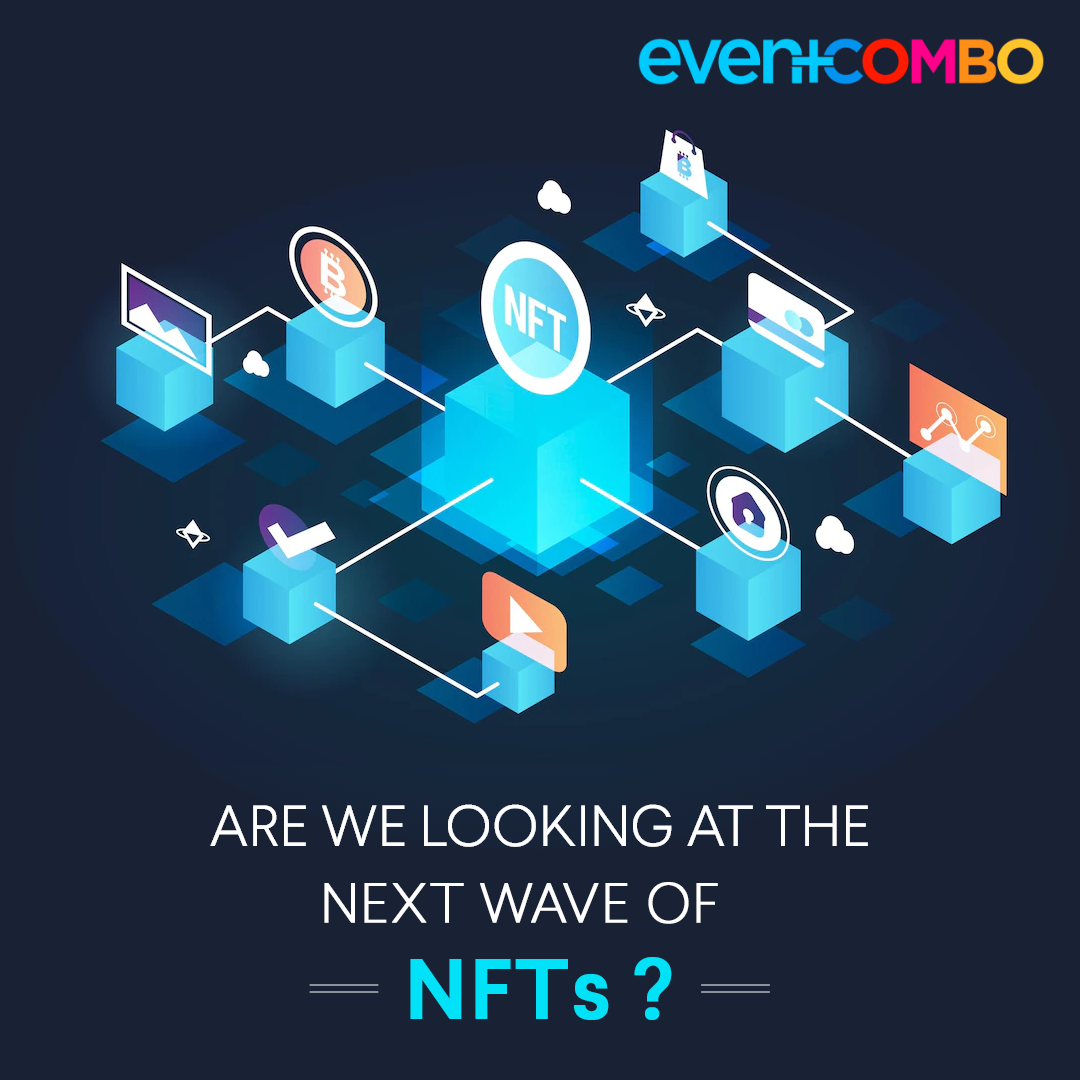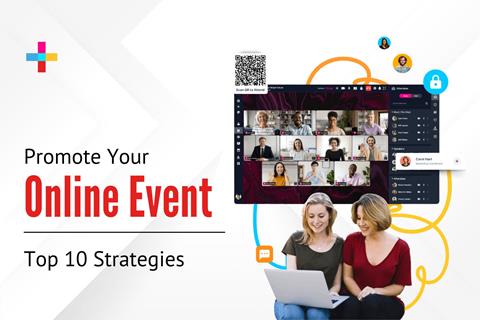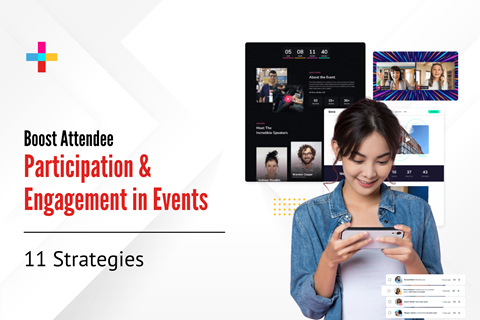Exploring the Potential of Dynamic NFTs

Sep 02, 2022 Durgesh
Non-Fungible Tokens (NFTs) may well be seen as a concept that is unravelling itself in layers, evolving from being a transactional trend to transactional necessity. Sitting on a blockchain, NFTs have changed things, especially the way assets are bought and sold, by representing single ownership for digital assets. While digital enthusiasts and consumers are still at awe and are yet to consume the revolution that NFTs are bringing, for the unversed, the next wave of NFTs have already begun.
The Prerequisite for Dynamic NFTs
In general, NFTs as we know it currently are static elements (images, videos, files or any digital asset) that signify permanence for an asset which cannot be altered. The creator of the asset can distinguish, keep track and sell their creation digitally to buyers by bestowing total ownership to them, making it impossible for those assets to be stolen or counterfeited. Each NFT possesses a unique token ID and are created through a process called minting. So, once a static NFT is minted, the token ID and the underlying metadata which includes information about the time of creation, creator, and regular beneficiaries each time the NFT is traded, do not change. However, in the next leap that NFTs have made, the case is not the same.
The subject in question here are Dynamic NFTs. Unlike static NFTs, which are immune to market fluctuations and other external factors, Dynamic NFTs, under certain circumstances and external conditions, will alter and update certain aspects of their metadata. This is where agreements termed as “Smart Contract” drive the change by allowing NFTs to update their metadata when required.
Once the creator mints an NFT, it is open for purchase and thereby for ownership, which is followed by self-executable protocols or agreement lists that are fed as inscriptions through a Smart Contract. Simply put, a smart contract is the agreement between the owner and the buyer of a product. The product is pre-set with instructions of the owner at the disposal of a buyer. Currently, smart contracts are arguably the linchpin of Dynamic NFTs.
Why Dynamic NFTs?
Dynamic NFTs can be upgraded and updated concurrently based on real-world outputs, and thus reflect actuality. It’s all about altering the code which in turn gets the metadata updated.
1) Social Security Card
Let’s assume owning a Social Security Card (SSC) as a Dynamic NFT. Inputs for a Social Security Card may include the person’s name, places lived, credit history and other details in the form of metadata. Now, because your SSC is a Dynamic NFT, there will be no further need for additional paperwork as the information is already stored on the blockchain. Any change in the person’s transactions or any update will automatically reflect in the NFT.
2) Passport
Similar to owning a Social Security Card, owning passport as a Dynamic NFT will automatically update the person’s travel history without the need for additional stamp work or manual documentation.
Dynamic NFTs in both the above cases are cutting down on further manual documentation, enabling all modifications to automatically reflect on the NFT code digitally, which can be viewed either in smartphones or other digital mediums. Because they are on a blockchain, which makes it impregnable and verifiable, the chances of fraudulence or a counterfeit is also low.
3) Other Areas of Impact
Dynamic NFTs have also found their usefulness in Real Estate, Sports Card, Gaming and other important areas where there is a need for regular update of metadata in concurrence to real-time activities. They can be used in real estate, where metadata update may correspond to physical changes made to the property, its past sales, value of the property etc. Online gaming is also leveraging Dynamic NFTs to meta-update players’ history, profile and their current records.
How Can Events Leverage Dynamic NFTs?
Let us now explore how Dynamic NFTs can disrupt events.
1) Dynamic NFTs in Event Ticketing
Event planners can issue event tickets as Dynamic NFTs which can display past, present and real-time information and details about events. Attendees can be made aware of how and when they have associated with your events in the past, the breadth and depth (in numbers) of network they have gained, and the benefits they have leveraged upon participating in your events.
Importantly, attendees won’t have to fill forms, wait for registrations to open or involve in any form of documentation. Dynamic NFTs can automatically update and issue tickets to your attendees for your next event, which makes everyone’s job a lot easier.
2) Dynamic NFTs as Tokens
Tokenizing can be a mid-event activity, where tokens can be issued as Dynamic NFTs and attendees can be asked to mint those tokens to earn certain benefits to be availed post event and in upcoming events.
For example, event planners can enable attendees to use a token earned during a past event activity for their participation in the current or any future event. Dynamic NFTs allow earnings to be recorded in the NFT code and event planners can strategize to help attendees take advantage of those earnings anytime during the events.
By leveraging Dynamic NFTs, event planners can also identify real-time attendee behaviour and participation, and evaluate how valuable an attendee is to their events. Concurrently, this could help increase engagement and strengthen network.
Conclusion -
Events, in general, have a larger advantage when it comes to exploring novel technologies as the possibilities are vast and endless. From pre-event campaigns to post-event marketing and networking, NFTs can be leveraged on various levels. With NFTs already disrupting the event industry by driving new revenue opportunities and boosting attendee engagement, Dynamic NFTs can elevate event experiences further.
It is incredible that we have reached a point of technological evolution where we are to highlight the next evolution of a trend which itself is on an evolutionary stage. This is how the current technology landscape is juggernauting. Dynamic NFTs are certainly a welcome innovation set to bombard the digital world with many firsts and breakthroughs when it comes to transacting and functioning.
Join our upcoming mega industry event Eventicon 2022, on September 15-16 to know more. Learn from experts and explore business networking opportunities.
Register at : https://bit.ly/3RKudSb
close








